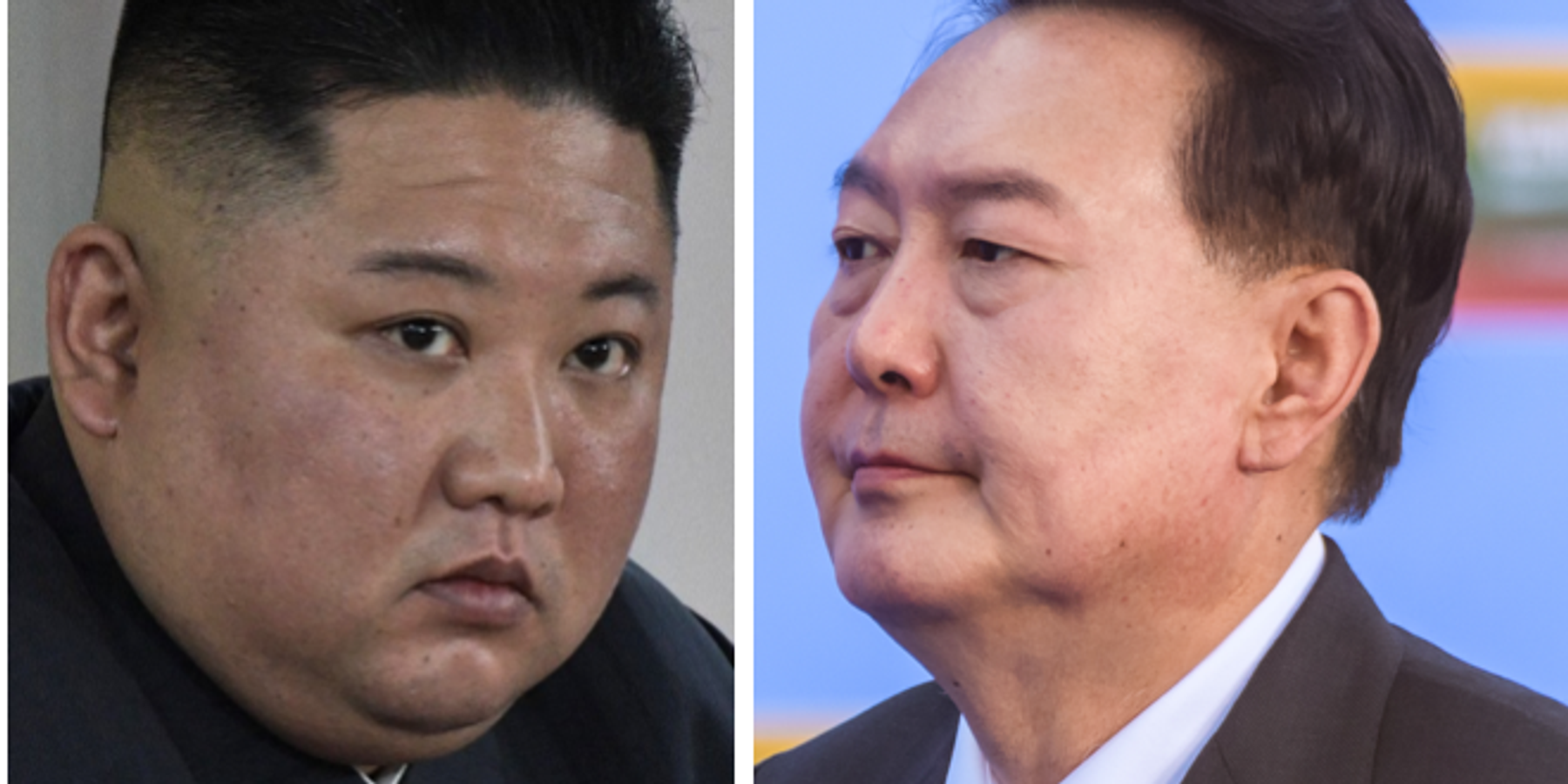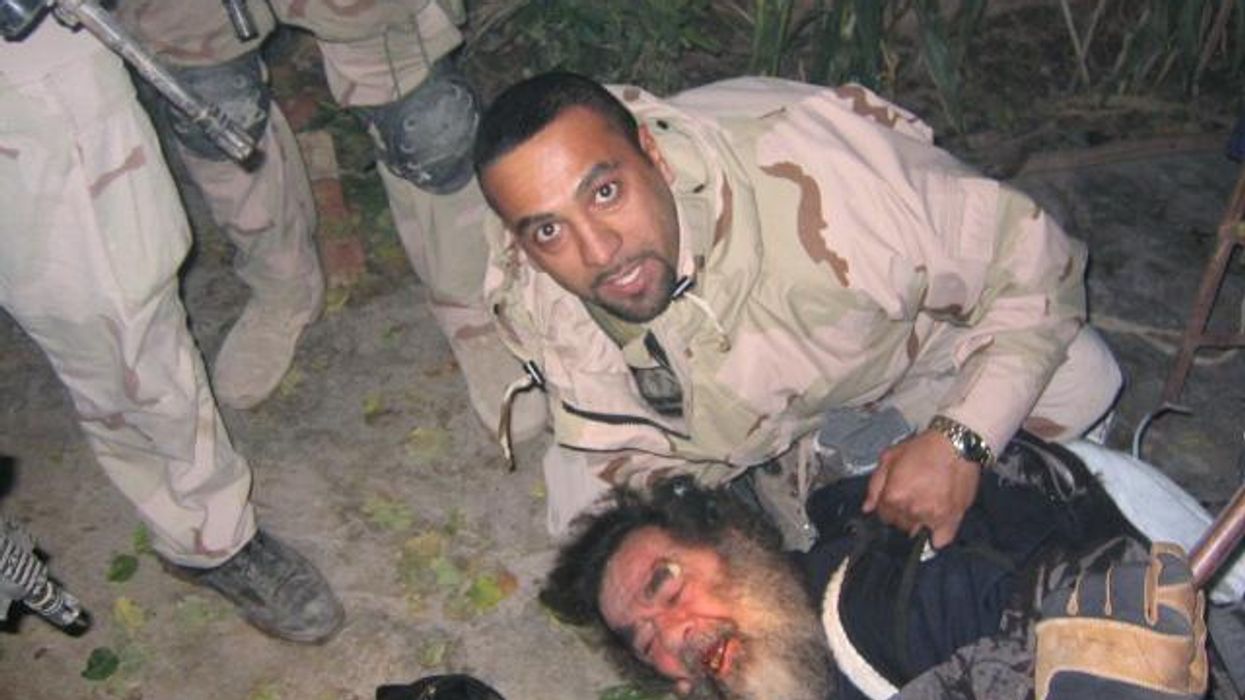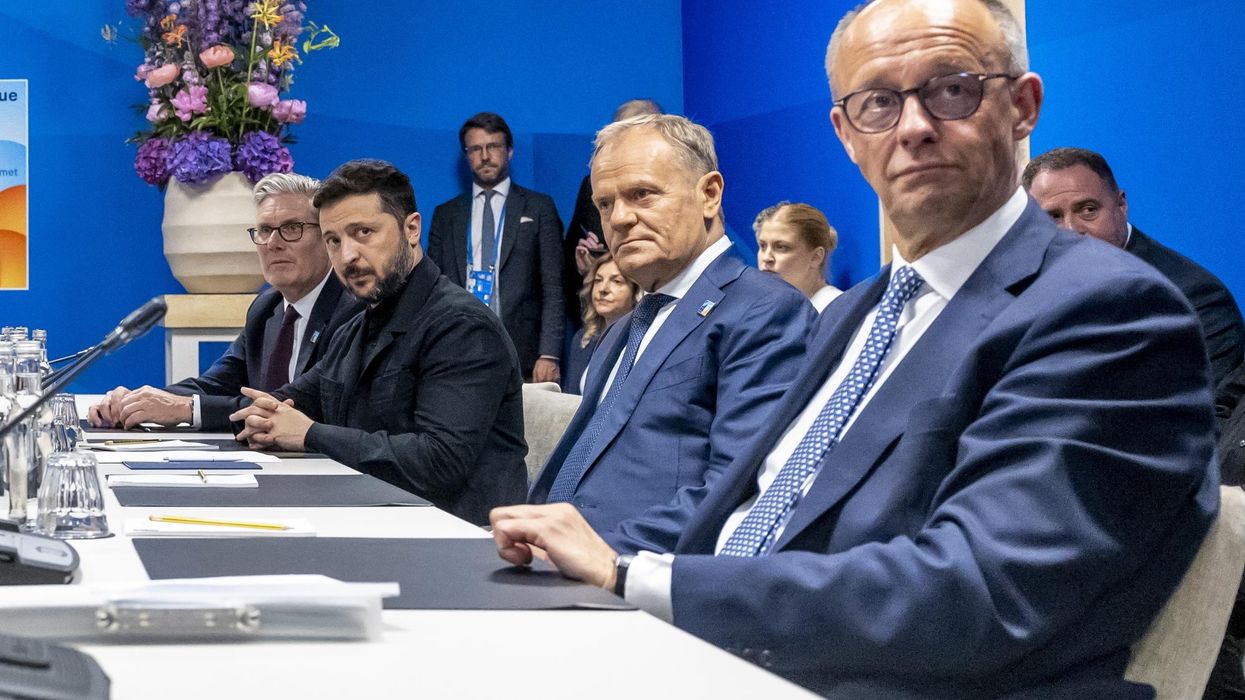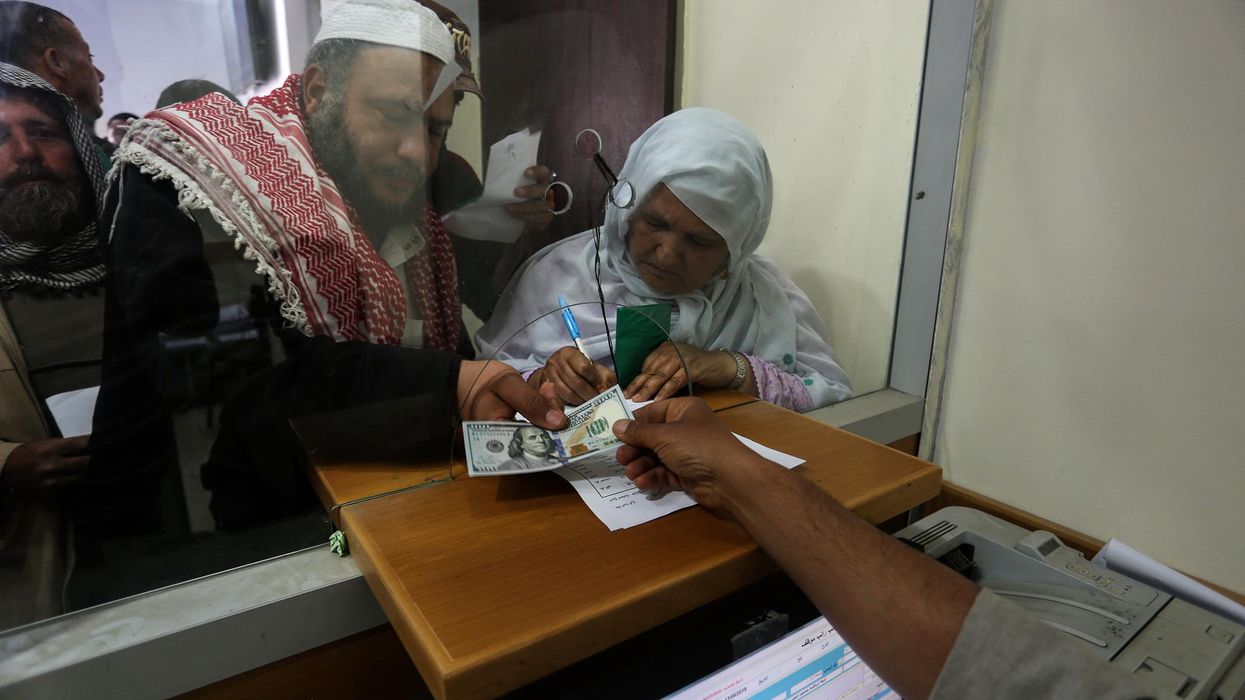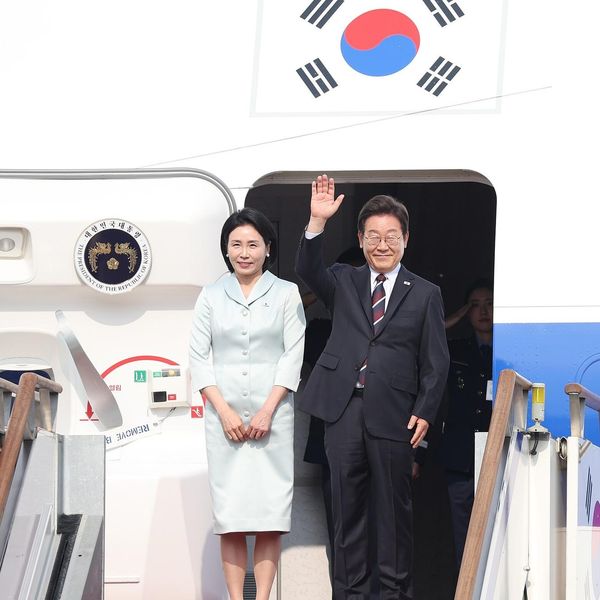A series of escalatory events on the Korean peninsula have intensified tensions between the two Koreas in recent weeks.
On October 13, Seoul and Pyongyang exchanged harsh verbal threats of military action over alleged drone incursions from South Korea into the northern capital. According to North Korea’s claim, the South Korean drone scattered anti-regime propaganda leaflets across Pyongyang.
Exactly who was behind the drone infiltrations remains unclear, but analysts have speculated that the South Korean military or South Korea-based anti-North activists could be involved.
The incident prompted Pyongyang to order its border troops to prepare for military retaliation if South Korean drones were to infiltrate again, threatening a “horrible disaster.” In turn, Seoul also put its frontline military on high alert, with a defense ministry statement that “if North Korea inflicts any harm on the safety of South Koreans, that day will be the end of the North Korean regime.”
The heated tensions continued to rise throughout the past week. On October 15, North Korea blew up parts of the roads connecting the two Koreas on its side of the border, which had been used for periodic economic and social exchanges when inter-Korean engagement was alive years ago. This might not be escalatory in a military sense, but it is nonetheless a politically escalatory provocation signaling a spiteful rejection of reconciliation with South Korea.
Pyongyang’s messaging here, along with its public acknowledgment of a uranium enrichment facility in September, seems to be straightforward: it will continue to focus on advancing its nuclear program, and the next U.S. administration should not expect anything else.
Talking 'trash'?
Meanwhile, the latest drone affair is an extension of the ongoing trash balloon saga between the two Koreas that began earlier this year. In retaliation against anti-regime propaganda leaflet launches by South Korea-based activists, Pyongyang has been flying garbage-filled balloons into South Korea, indicating that it would stop sending the trash balloons only if South Korea halted its leaflet launches.
Both Pyongyang and Seoul have their reasons to maintain a firm stance on the issue. For both, backing down would have negative implications for domestic political legitimacy. Neither side wants to look weak, or to be losing face with their own constituencies.
Pyongyang is sensitive about balloons from South Korea, as they typically contain leaflets designed to humiliate the North Korean leadership and incite anti-regime sentiments in North Korea. From Pyongyang’s perspective, the South Korean balloons are a direct challenge to its regime’s legitimacy that requires a strong response.
For Seoul, since the South Korean constitutional court nullified the existing law that criminalized leafleting last year, it has become politically more complicated to keep activists from ratcheting up their activities. The reputational cost of blocking leafleting can also be unappealing for President Yoon, who champions the idea of promoting freedom and human rights in North Korea, and politically relies on conservative voters with hostile views on North Korea — particularly so given his low approval rating today.
The balloon confrontation has been downplayed by some in South Korea as psychological warfare and not posing a serious security threat in a physical sense. However, with the latest incident prompting more aggressive ultimatums and military posturing by both Pyongyang and Seoul, it seems evident that the balloon confrontation is more than just “trash talking.”
Commenting on North Korea’s threat of force, Seoul’s national security advisor Shin Won-sik called Pyongyang’s bluff, saying that it “will not dare to start a suicidal war.”
Shin is right; in facing a far superior U.S.-South Korea military alliance, the stakes of escalation are indeed high for North Korea. Nevertheless, Seoul should also recognize that Pyongyang may go up the escalation ladder precisely to “deter” a potentially costly crisis.
What does this mean? The large military gap between North Korea and the U.S.-South Korea alliance necessitates Pyongyang to avoid war, but also to make sure it does not look vulnerable, as that can risk inviting more ambitious alliance efforts to challenge and weaken the regime.
One example is North Korea’s nuclear test in September 2017. In light of former U.S. President Donald Trump’s threat to unleash “fire and fury” against North Korea and serious discussion of preventive war in the White House, Pyongyang climbed up the escalation ladder by conducting its largest and most explosive nuclear test yet. Pyongyang seemed to take Washington’s intensified threat signaling seriously and presumably recognized a growing risk of conflict, but it still opted for confrontation instead of backing down.
Pyongyang has also proven willing to escalate using limited yet outright violence, as shown by its attacks on a South Korean naval vessel and the Yeonpyeong island in 2010. Pyongyang back then may have determined that a high-profile show of resolve was necessary in light of several negative concurrent events and trends — including a defeat from a maritime skirmish in November 2009, former leader Kim Jong Il’s deteriorating health, looming uncertainty about smooth leadership transition, and seemingly growing belief in Seoul and Washington about a possible regime collapse in North Korea.
The Yoon administration’s military doctrine to retaliate “immediately, forcefully, until the end” is designed to discourage North Korean escalation. Yet Pyongyang, convinced that Seoul is more averse to casualties than it is, might dangerously gamble that Seoul would back down first in a limited military crisis. Even if Seoul has a genuine intent to escalate further, the very real possibility that Washington would intervene and keep Seoul from doing so in order to avoid a full-blown war — as it has before — can misguide Pyongyang to think that “escalating to de-escalate” is a worthwhile gamble.
Seoul needs to acknowledge that the bizarre North Korean trash balloon launch might not be mere attention-seeking behavior but can pose a real danger of escalation and make efforts it can to defuse tensions. Seoul can tone down the rhetoric and do more to take advantage of the South Korean police act, which technically enables local law enforcement to restrain cross-border leafleting. Such South Korean gestures of de-escalation could allow room for Pyongyang to take reciprocal steps to de-escalate.
So far, Washington has mostly remained a bystander while blaming Pyongyang for instigating tensions. However, with Pyongyang and Seoul seemingly drifting toward a more severe escalation, it is necessary for Washington to be a prudent mediator. In addition to calling on Pyongyang’s restraint, Washington alliance managers should come to mutual recognition with their counterparts in Seoul that South Korean actions have also contributed to tensions, and that it will require greater South Korean restraint as well to prevent a bigger crisis from emerging on the Korean peninsula.
- US says North Korean troops are in Russia, may fight in Ukraine ›
- Are North Korea's latest threats rhetorical or real? ›
- Why South Korea's new president skipped the NATO summit | Responsible Statecraft ›

